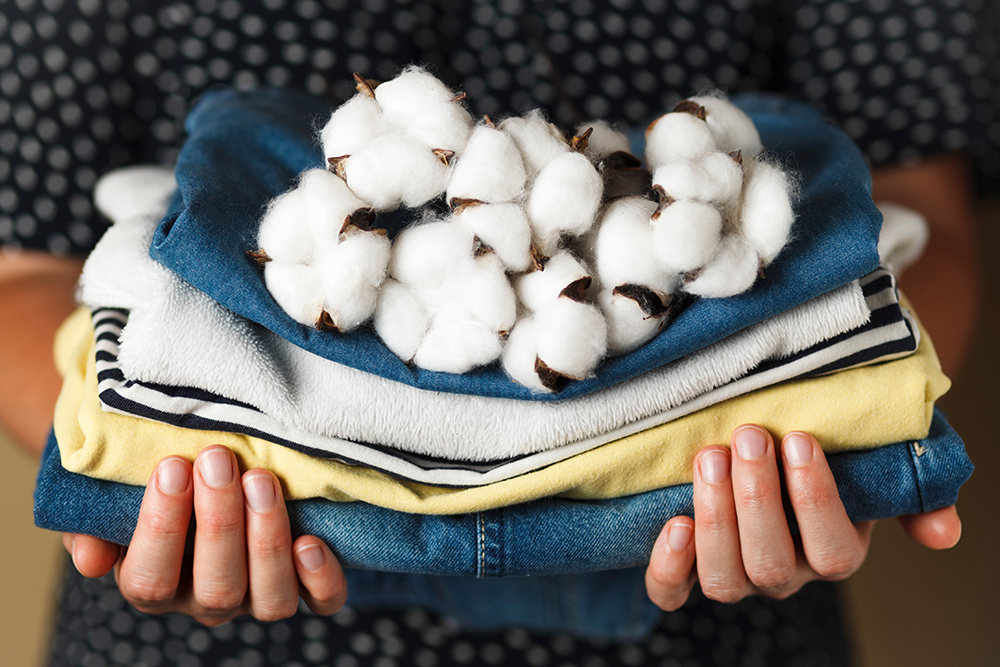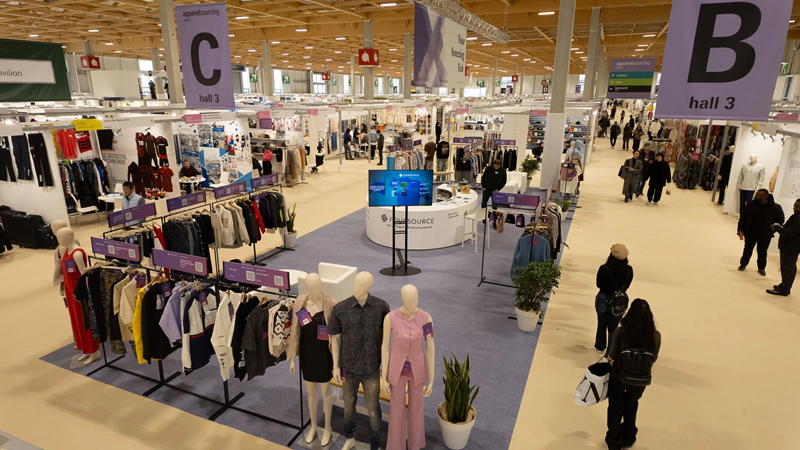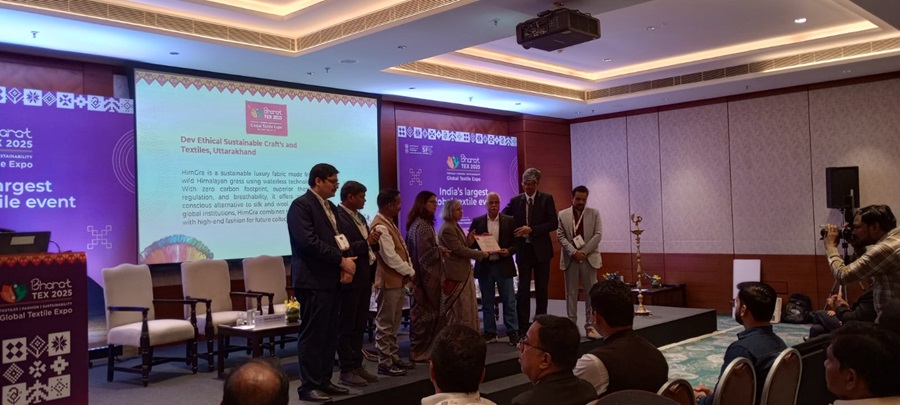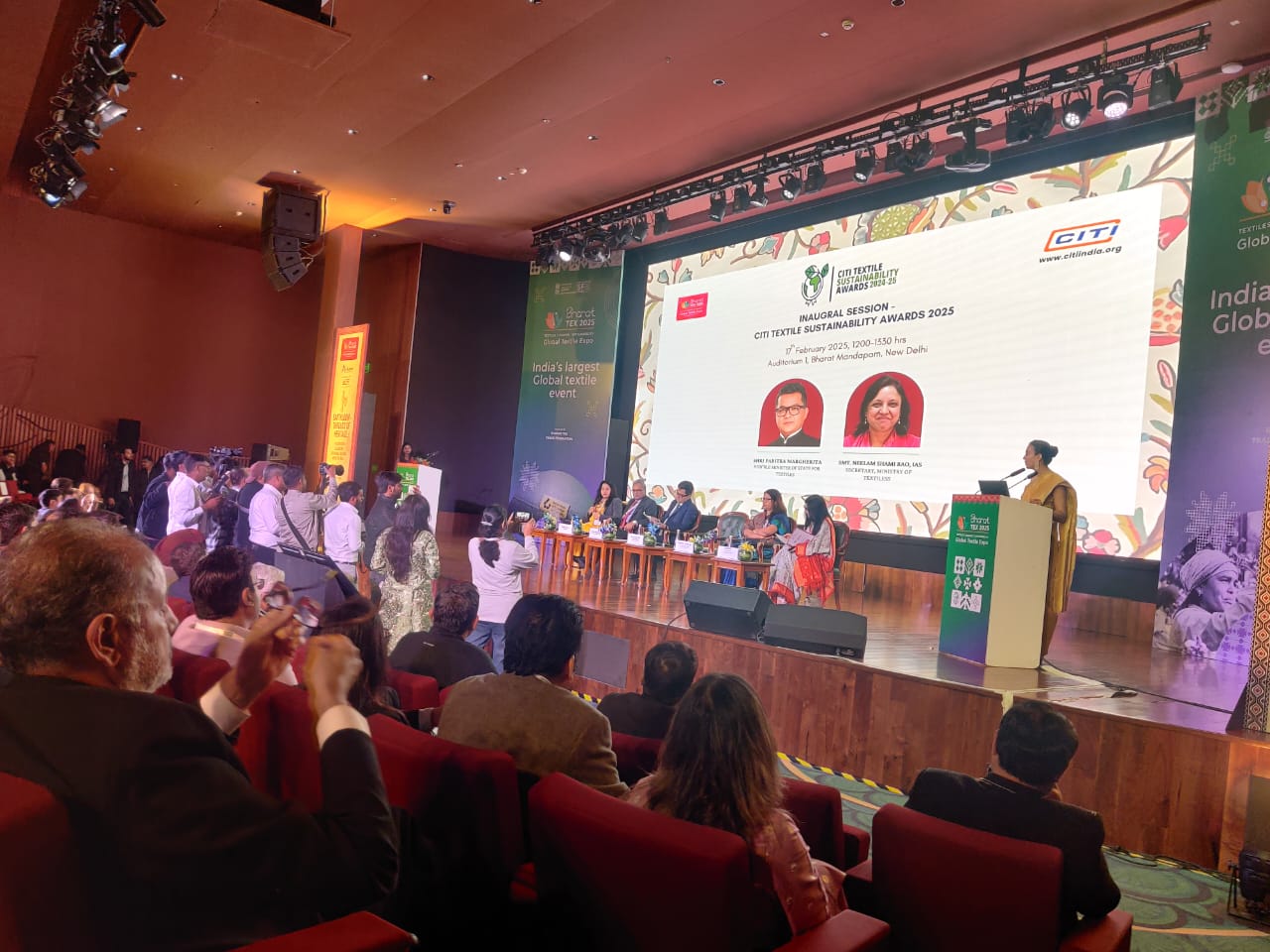
The Textile Exchange’s latest Materials Market Report paints a complex picture of the global fiber market. A market that despite economic headwinds, has shown remarkable resilience, expanding to a record 113 million tonnes in 2021. This highlights a near-doubling in the past two decades, with projections indicating a further increase to 149 million tonnes by 2030 if current trends persist.
However, the report underscores a critical dichotomy: while the market is booming, its environmental footprint is deepening. The dominance of virgin fossil-based synthetic fibers, particularly polyester, is a cause for concern. Despite growing awareness about sustainability, these fibers continue to hold almost 54 per cent market share due to their lower cost. As experts say, the global fiber market is at a crossroads. On one hand, there is unprecedented growth but on the other, we face the looming shadow of unsustainable practices. It's imperative to shift towards more sustainable options.
Cotton, a cornerstone with cracks
Cotton, long considered the king of fibers, is facing a multifaceted challenge. While it remains a staple in wardrobes globally, its market share has dipped, reflecting a complex interplay of factors. The report highlights a decline in cotton grown through sustainable programs, from 27 per cent in 2021 to 24 per cent in 2022. This indicates a need for deeper brand commitment and support for farmers.
Moreover, the cotton industry grapples with issues of water consumption, pesticide use, and land degradation. Despite initiatives like Better Cotton and Organic Cotton, the road to sustainability is still long. Cotton is undoubtedly an important fiber, but its future hinges on addressing sustainability challenges, say experts. One needs to move beyond certifications and create a system that ensures holistic well-being of farmers and the environment.
Manmade fibers, the synthetic surge
Manmade fibers, led by polyester, have experienced meteoric growth. Their low cost, versatility, and performance properties have made them the darling of the fashion industry. However, the report underscores the environmental implications of their production, primarily from fossil fuels.
A glimmer of hope lies in the growing market for recycled manmade fibers, particularly recycled polyester from plastic bottles. While still a small fraction of the overall market, it represents a step in the right direction. Experts point out, the dominance of manmade fibers is a double-edged sword. While they offer immense potential, their environmental impact cannot be ignored. The industry must accelerate its transition to recycled and sustainably produced manmade fibers.
The cotton vs. manmade conundrum
The report doesn't pit cotton against manmade fibers but rather highlights the need for a balanced approach. Both fiber types have their strengths and weaknesses, and the optimal choice often depends on the end product and its intended use. The future, experts suggest, lies in innovation and diversification. Blending cotton with manmade fibers, developing new sustainable materials, and circular economy models are potential pathways forward.
The Textile Exchange’s Materials Market Report serves as a wake-up call for the industry. It underscores the urgent need for a systemic shift towards sustainability. By understanding the dynamics of the global fiber market, stakeholders can make informed decisions and drive positive change.












